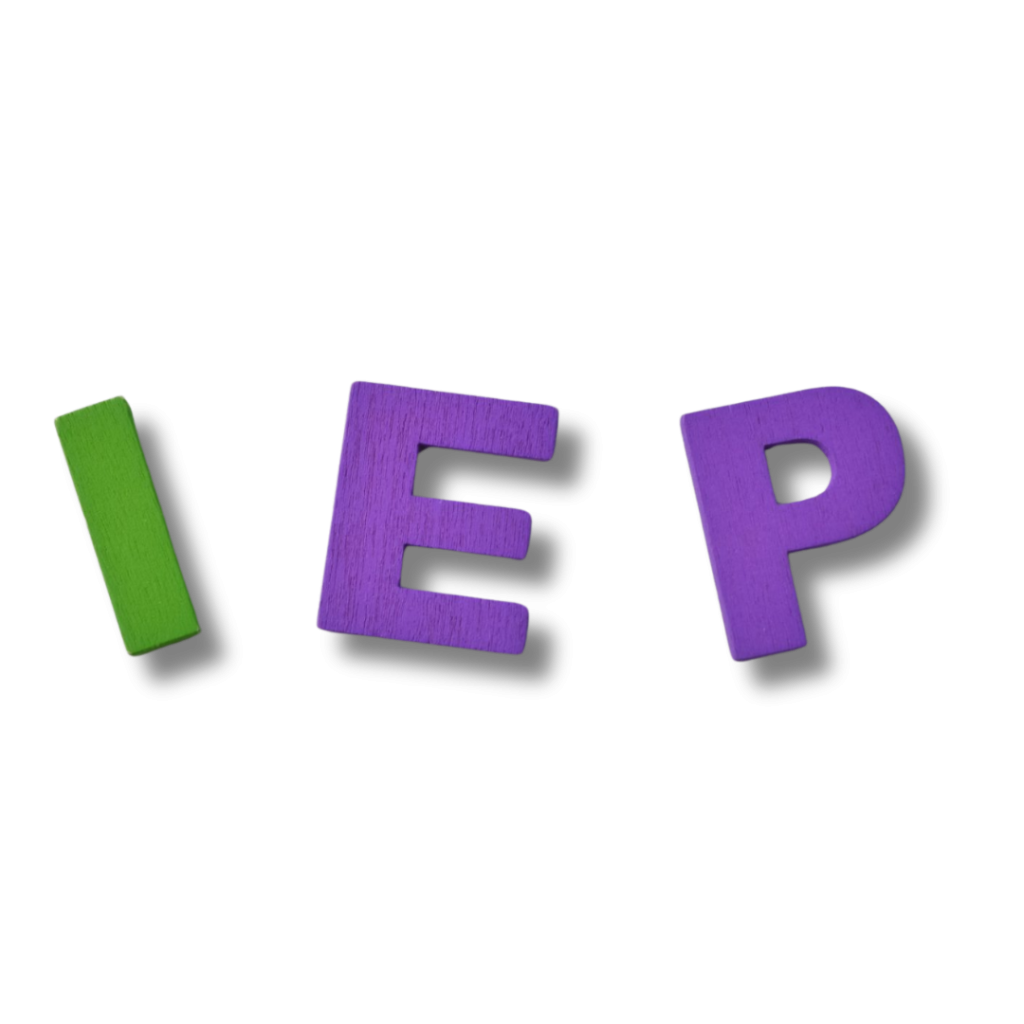|
Audio Article
|
IEP stands for Individualized Education Program.
An IEP is a legal document or plan for a child with a particular need. It is a map that displays special education supports, instruction, and services that children with identified disabilities require to thrive and progress in school.
Learn more about the general definition and requirements for an IEP here.
Gather Essential Documentation
Collecting key documents for the year-end Individualized Education Program (IEP) meeting is crucial. Bring:
- Report cards – provide an overview of performance across subjects
- Work samples – offer detailed view of abilities and challenges
- Progress reports – document tracking of IEP goals
- Medical and psychological records – provide context affecting learning and behavior
- Documentation from therapists/psychologists – inform on emotional and social development
As you gather these documents, prepare questions about your child’s academic progress in relation to IEP goals. Consider potential challenges like grade transitions or new academic hurdles.
Prepare Questions in Advance
Develop thoughtful questions covering various aspects of your child’s development:
Academic Development
- How is my child progressing towards current IEP goals?
- What strategies have been most effective?
- Are there areas where my child excels or struggles?
Social Development
- How does my child interact with peers?
- What social skill interventions are in place?
Emotional Development
- How does my child manage stress in school?
- Are current emotional support systems effective?
Approach these discussions with curiosity, aiming to foster a collaborative environment where information flows freely.
Review IEP Meeting Procedures

Understanding procedural requirements ensures a productive outcome. The process involves:
- Thorough evaluation of your child’s needs, covering academics, behavior, and social interactions
- Adhering to timelines to ensure current insights about capabilities and challenges
- Active parent involvement – your understanding of evaluation results and eligibility determination is crucial
Engage with school personnel beforehand for clarity on meeting expectations. Ensure all team members come prepared with necessary documentation and background information. This preparation transforms the meeting into a space for generating constructive solutions rather than just a checklist.
Set Future IEP Goals
Setting future IEP goals involves collaboration among educators, parents, and stakeholders to create specific and measurable objectives. These goals should align with insights from the IEP meeting and be customized to meet your child’s unique needs.
Discuss your child’s current performance with educators and how it correlates with existing IEP goals. Use this information to guide the formation of new goals that build upon strengths while addressing challenges.
Start with something small. Choose one thing. Write it down and set a deadline. If you think of all the things you’ve got to do, you’ll never do it. Just take it one step at a time.
– Mary Anne Ehlert, CFP, Protected Tomorrows
Consider necessary accommodations or modifications to help your child access the curriculum. Anticipate challenges that may arise during transitions to new grades or more complex subject matter. Collaborate with educators to establish proactive strategies for smoother transitions.
Set up a timeline for assessing progress toward these goals. Regular check-ins and adjustments ensure the IEP remains adaptable and responsive to your child’s evolving needs.
By focusing on collaboration and open communication during the IEP process, you support your child’s educational journey and lay a foundation for their future development. Remember, you are an essential part of the team and your input is invaluable in creating an effective, personalized education plan for your child.
Frequently Asked Questions:
What documents should I bring to the year-end IEP meeting?
To ensure a productive meeting, bring the following key documents:
Report cards – Provide an overview of academic performance.
Work samples – Show strengths and areas needing improvement.
Progress reports – Track your child’s progress towards IEP goals.
Medical and psychological records – Offer insights into factors affecting learning and behavior.
Documentation from therapists/psychologists – Inform emotional and social development discussions.
What questions should I ask during the IEP meeting?
Consider asking questions in different areas of development:
Academic Development
How is my child progressing towards current IEP goals?
What teaching strategies have been most effective?
Are there subjects where my child excels or struggles?
Social Development
How does my child interact with peers?
What social skills interventions are in place?
Emotional Development
How does my child handle stress at school?
Are the current emotional support systems effective?
What are the procedural requirements for an IEP meeting?
An IEP meeting follows these key steps:
Evaluation of your child’s needs – Includes academic, behavioral, and social aspects.
Timely updates – Ensures current assessments guide decisions.
Active parent participation – Your input is crucial in eligibility determinations and goal-setting.
Preparation by school personnel – Ensures the meeting is solution-oriented.
How are future IEP goals set?
Future IEP goals are developed collaboratively and should be:
Specific and measurable – Clearly define objectives tailored to your child’s needs.
Based on current performance – Build upon strengths while addressing challenges.
Flexible and adaptable – Adjusted as needed to meet evolving needs.
What accommodations or modifications should be considered?
Your child’s IEP may include:
Adjusted assignments or testing accommodations.
Modified instructional approaches.
Support services like speech therapy or counseling.
How can I ensure a smooth transition to the next grade level?
Discuss potential academic or social challenges in advance.
Work with educators to implement proactive strategies.
Set up a timeline for assessing progress regularly.
Why is parent involvement important in the IEP process?
Parents provide unique insights into their child’s learning style and needs. Your advocacy helps ensure the IEP is truly personalized and supports long-term success.
By preparing in advance and fostering open communication, you can help create a supportive and effective IEP plan for your child’s continued growth.
What if I disagree with the proposed IEP plan?
Express concerns during the meeting and ask for clarification.
Request a follow-up meeting if necessary to discuss changes.
Consider mediation or due process if disagreements persist.
Can changes be made to the IEP after the meeting?
Yes, changes can be made if new challenges or needs arise. You can:
Request an IEP review meeting at any time.
Discuss revisions with your child’s teachers and support staff.
Ensure changes align with your child’s evolving needs.
How can I track my child’s progress between meetings?
Maintain open communication with teachers and therapists.
Review progress reports and ask for additional updates as needed.
Observe and document any academic or behavioral changes at home.
- Individuals with Disabilities Education Act, 20 U.S.C. § 1400 (2004)
- U.S. Department of Education, Office of Special Education Programs. Individualized Education Program (IEP) Guide. Washington, DC: 2019.
- Naseef R. Special Children, Challenged Parents: The Struggles and Rewards of Raising a Child with a Disability. Baltimore, MD: Paul H. Brookes Publishing Co.; 2001.


